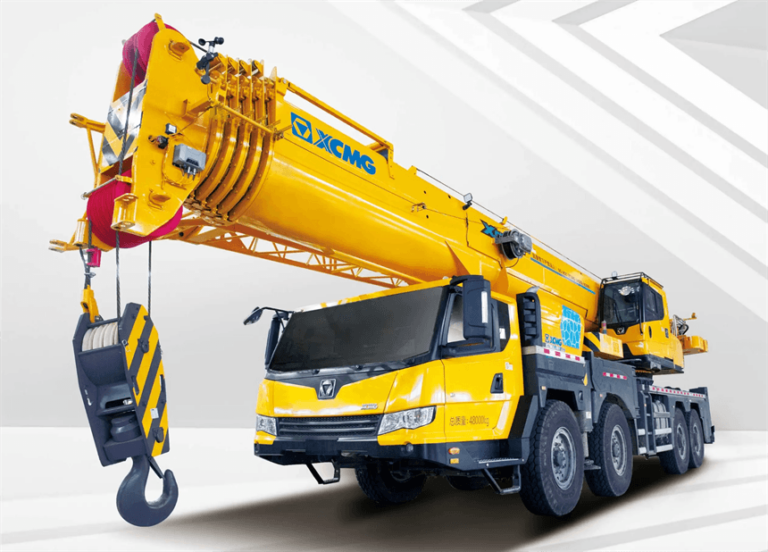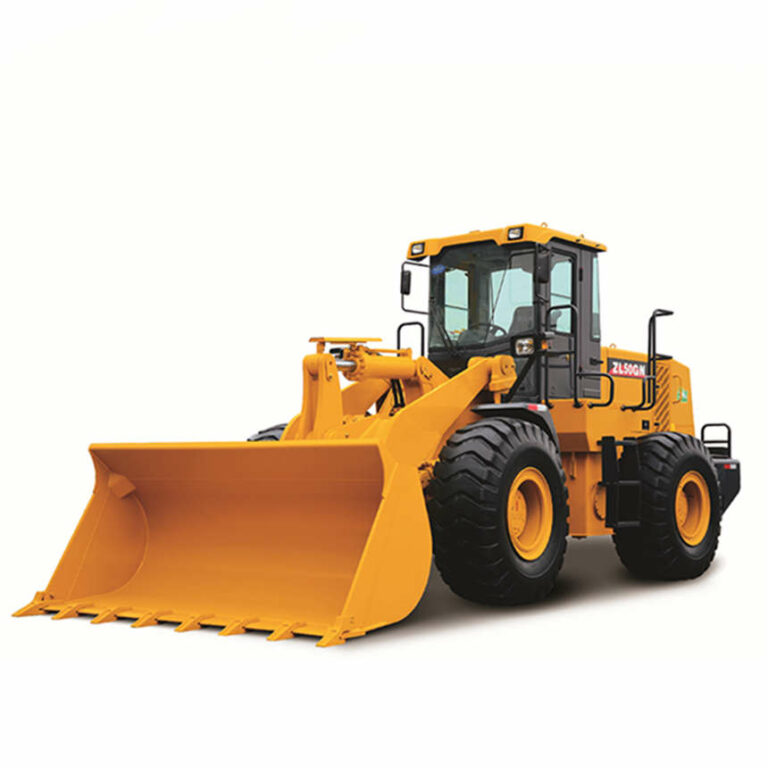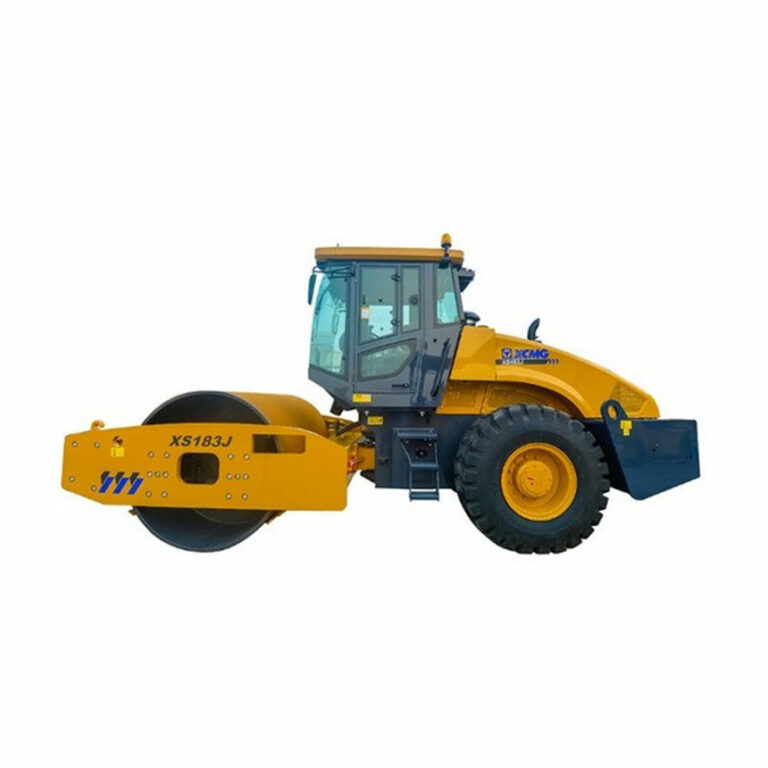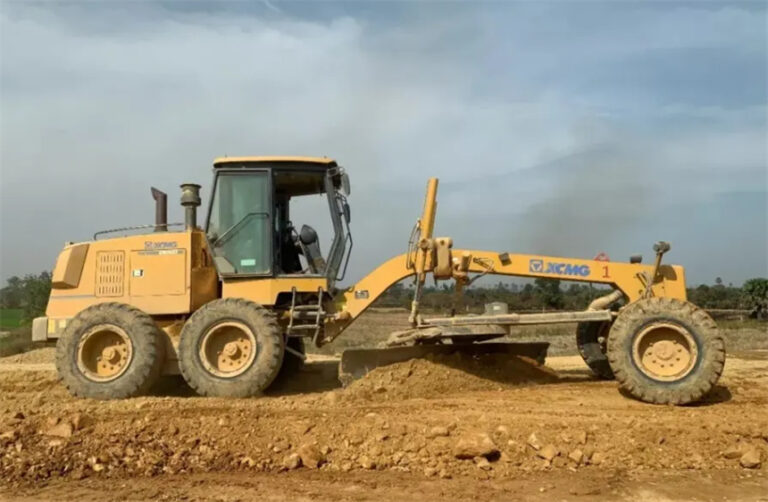How road rollers roll over road seams?

How the road roller rolls the transverse seam of the road
How road rollers roll over road seams. When paving asphalt mixture pavement with a paver, for long roads, it is impossible to complete the paving at one time, and it needs to be paved in sections. For each paving section, a wooden board with the same thickness as the layer should be placed at the end to prevent the edge mixture from collapsing during rolling. On the next paving, the planks are removed and placed on the new end so that a neat horizontal seam is created where the old and new mix meet.
The rolling of the transverse joint should be carried out immediately after the new material is paved so that the new and old materials can be tightly joined when the temperature is high, and the gap can be better eliminated. It is best to use a smooth roller when rolling the transverse seam. If a vibratory roller is used, the vibration mechanism should be disconnected. First, most of the weight of the roller is supported on the old material, and a small part of the weight is pressed on the new material (only use 10~20cm wheel width), after rolling for 2~3 times, gradually move to the new material; when it is about to completely enter the new material, turn on the vibration mechanism for vibration compaction. After the rolling is over, the road roller should not be turned at the joints to avoid damage to the road surface; the wood panel that is flush with the road surface can be lapped on the side of the road to allow the road roller to drive away from the pavement.
How the road roller rolls the longitudinal seam of the road
Since the width of the pavement paved by the paver at one time is limited, for the wider pavement, the paving needs to be completed several times, and a strip-shaped longitudinal seam is formed between each time. The rolling of longitudinal seams must vary according to the hot and cold conditions of the seam.
Rolling of the longitudinal joint between the hot material layer and the cold material layer of the road by the road roller
If a static smooth roller or a vibrating roller with a disengaged vibration mechanism is used for operation, most of the weight of the roller should be supported on the cold material layer at the beginning of rolling, and only a wheel width of 10-20 cm can be pressed on the hot material. Rolling on the material. When rolling in this way, the excess compound is squeezed out of the uncompacted material, reducing the amount of material at the bond edges, resulting in a lower bond density.
When using a vibratory roller for rolling at the longitudinal joints, if you want to obtain a smooth joint, the weight of the roller must be placed on the hot asphalt as much as possible, and only the wheel width of 10~20cm is pressed on the cold material layer, and then Perform vibratory rolling. In this way, on the one hand, the cold material layer will not be damaged due to vibration, and on the other hand, the mixture can be pressed from the hot side into the relatively cold bonding side, resulting in a higher bonding density. However, if a tire-driven single-roller vibratory roller is used, 75% of the tire width must be considered for rolling on the cold stock side of the seam.
The method of rolling longitudinal joints with vibratory rollers can not only increase the compaction capacity per unit area but also reduce the disturbance to traffic due to the small area occupied by the rollers on one side of the cold material.
Rolling of the longitudinal joint between the hot material layer and the hot material layer by the road roller
When using a vibratory roller for rolling, first compact the place about 20cm away from both sides of the center joint seam, and then compact the remaining mixture band in the middle. In this way, the paving material will not be squeezed out from the side, and a good combination can be obtained.
Related Blogs |





